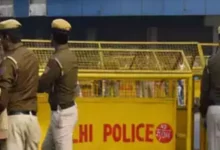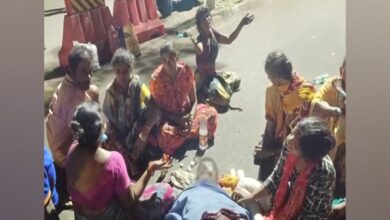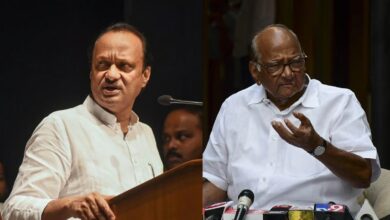Opinion | BJP Starts as the Underdog: Why Modi Faces Difficulties in the First Phase of the ‘400 Paar’ Quest
The BJP has developed an air of invincibility in the last 10 years. The BJP, led by Narendra Modi, has expanded to become the biggest political party in the world between 2014 and 2024. It is also by far the wealthiest country in India. Furthermore, it has decisively defeated the Opposition in the Lok Sabha elections in 2014 and 2019. Not since the Congress, headed by Rajiv Gandhi, in 1984 has a political party secured such strong majority in the Lok Sabha. The coalition period is now but a historical footnote. These are not just corny sayings.

You may get a sense of the BJP’s numerical and operational advantages from the actual data that comes with the mandate. The BJP passed the most bills since the 14th Lok Sabha, 221 in the just finished 17th Lok Sabha. After two weeks of introduction, 58% of the bills were passed. Since 2019, only 16% of all bills submitted in the legislature have been referred to Standing Committees for further, in-depth review. Excuse the pun, but it nearly seems as like the Opposition is there only to pad the stats.
The effect of the BJP’s domination has been so debilitating that some opposition parties have quietly admitted that the BJP would win easily in 2024. The prime minister is so sure of himself that he boastfully said he anticipates “Iss Baar 400 paar.”
In the whole history of democratic India, only one government—the Rajiv Gandhi-led Congress administration—has managed to surpass the 400-seat threshold. This government did it in 1984 while riding the Indira wave of support.
You have every right to wonder why, given how much superior the BJP is over its rivals, the party is starting the campaign for a third term in government as the underdog. The statement is, in fact, illogical. These three factors, however, explain why the BJP is starting the next first phase behind schedule and why Modi’s pursuit of total rule still faces significant challenges in this round.
First, among the 102 seats in Phase 1, the BJP is the worst of all the phases. In 2019, the BJP has barely secured half of the seats that were up for grabs in Phase 1. Actually, out of these 102 constituencies, it only ran for 60 seats in 2019. It must be acknowledged that it took home 40 of the 60 competitions, an impressive conversion rate. Nevertheless, it must win heavily in this round and especially on seats that it has never won if it hopes to approach the 400-seat threshold.
This time, the party is running for 17 more seats, most of which are in Tamil Nadu, where the BJP has never won more than one seat. It would be very difficult for the party to get more seats in Tamil Nadu than it has now, giving them 303 MPs in Parliament. Can the BJP thereby win more seats that it has never held? This leads us to contemplate an additional collection of data points.
There are just nine really strong seats available in this phase. That represents seats that the Congress or the BJP have won in each of the last three Lok Sabha elections since 2009. The BJP holds six of these nine seats: Churu, Jabalpur, Bikaner, Sidhi, Pilibhit, and Balaghat. The remaining three, in Kaliabor, Chhindwara, and Shillong, have been controlled by the Congress.
There are 21 swing seats spread among 102 constituencies outside of the strongholds. In other words, about 5% of the seats have changed hands. In particular, these seats were won by the same party in 2009 and 2019, but not in 2014. Since the BJP can only claim six seats as its bastions, these 21 seats might fall either way, making it impossible for it to sustain its conversion rate. Phase 1 is thus equal for all parties and unpredictable at the same time.
Third, the BJP’s hegemony isn’t as total during this era, even in terms of vote share. The data indicates that out of the 102 Phase-1 seats that the BJP fought in 2019, the party received vote shares over fifty percent in thirty-four seats, between thirty and fifty percent in nineteen seats, and below thirty percent in seven seats.
The Congress follows closely following. It ran for 65 of the 102 seats, and in 10 of them, it received more than 50% of the vote. It received between thirty and fifty percent of the total votes cast in 36 seats. Compared to the BJP, the Congress has a higher percentage of weaker seats, which presents a challenge. In nine seats, it received barely 10 to 30 percent of the vote, and in ten seats, less than 10 percent. It might pull off a few shocks if it can attract anti-incumbency votes against the BJP in these seats.
The DMK is the third important party in this time. The DMK won a significant portion of the 24 seats it ran for in 2019 (all in Tamil Nadu): 19 of them had a vote share of more than 50%. It received between thirty and fifty percent of the votes in five more. This implies that in order to take seats from the DMK, the BJP would need to perform a miracle.
Because of its excellent organization and leadership, the BJP is still a viable competitor even after encountering several obstacles in Phase 1.







